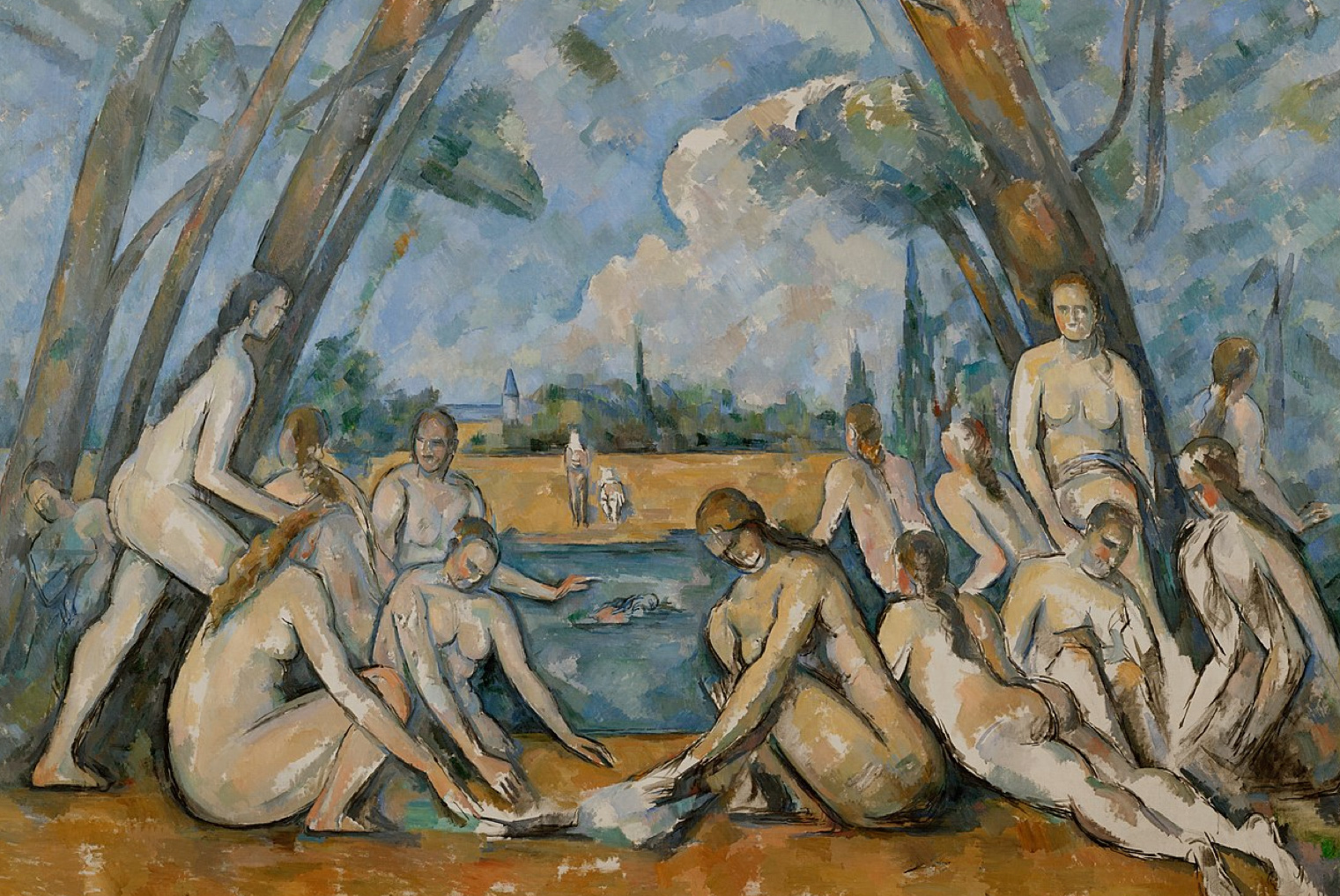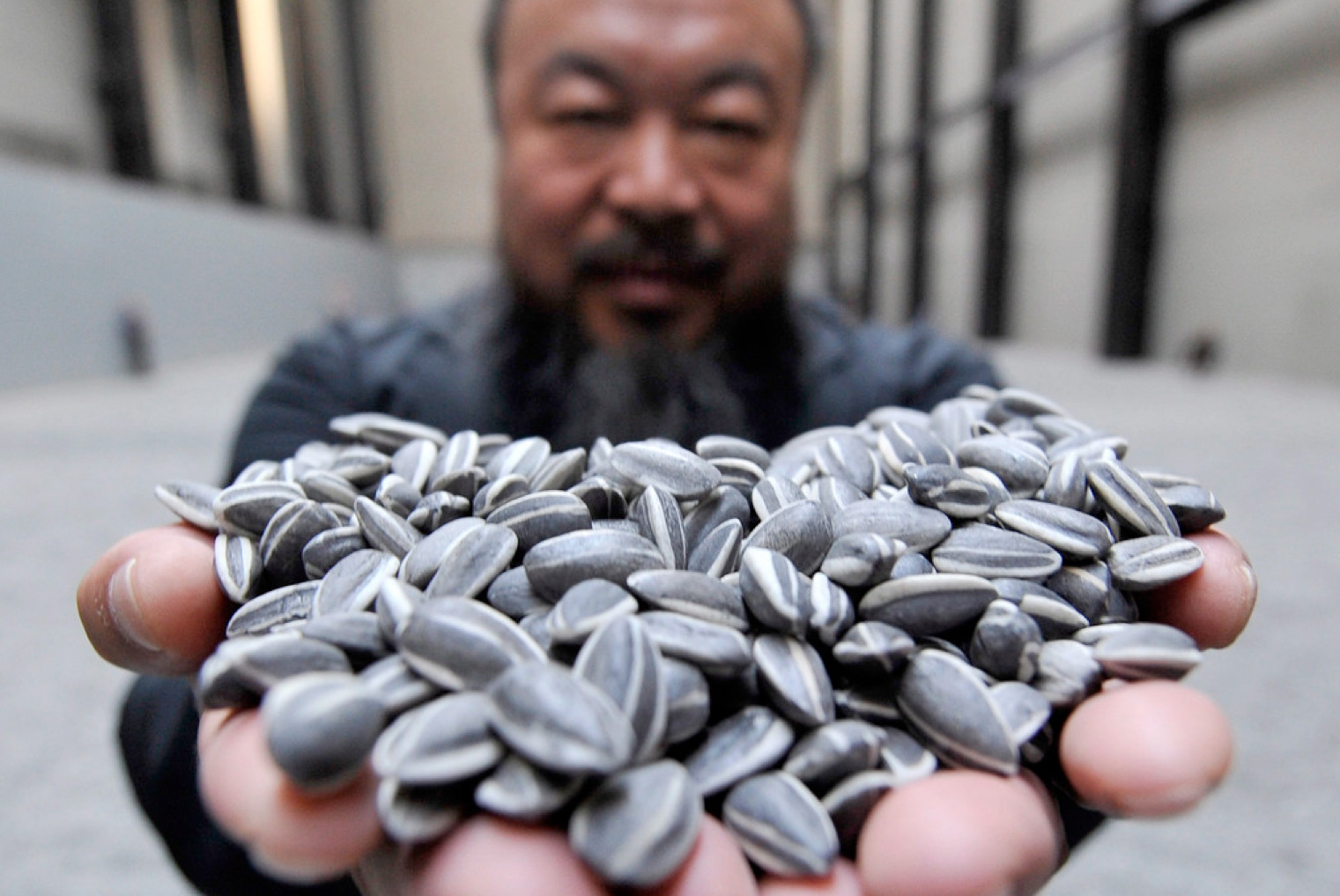The aesthetic evaluation of human bodies is part of our everyday lives. These evaluations concern human bodies treated as aesthetic objects. But which mental states are involved in such evaluations? This post develops the idea that they require mental imagery.
Research & Ideas

We can draw a distinction between a so-called narrow sense of beauty, as a specific quality or value, and a broad one, as comprising aesthetic value or positive aesthetic qualities in general. This distinction is often acknowledged in contemporary analytic aesthetics, but rarely examined.

Why do we get so invested in the fates of their favourite football teams? Getting a ball into a goal seems a pretty meaningless exercise, and (at least for most of us) how Germany play has no direct bearing on how the rest of one's life goes. We can dub this the Puzzle of Sport. It is not at all obvious how the puzzle can be resolved.

Despite the knowledge that digital photographs can be easily and convincingly manipulated viewers continue to subsume the contents of photographs as veridical. In particular, viewers seem prone to feeling a sense of perceptual contact, or immediacy, with the subjects of photographs. What is the best explanation for this ;contact phenomenon'?

Works of installation art are structured around the beholder, who is invited to explore the spaces of these works, and the objects possibly placed within them. But are works of installation art interactive? The answer turns on the role a beholder's experience of the work of installation art plays.

Artworks such as painting, installation, sculpture, etc., often use metaphor. There is a neglected type of metaphor used by these non-linguistic arts. This is the ‘artistic metaphor’. Understanding this type of metaphor helps illuminate conceptual art, but also unearths a potential tension with how conceptual art is frequently understood.
